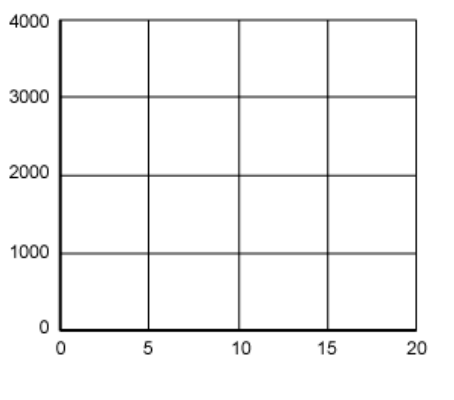Let C(t) be the number of cougars on an island at time t years (where t > 0). The number of cougars is increasing at a rate directly proportional to 3500 - C(t). Also, C(0) = 1000, and C(5) = 2000.
Let C(t) be the number of cougars on an island at time t years (where t > 0). The number of cougars is increasing at a rate directly proportional to 3500 - C(t). Also, C(0) = 1000, and C(5) = 2000.
Algebra & Trigonometry with Analytic Geometry
13th Edition
ISBN:9781133382119
Author:Swokowski
Publisher:Swokowski
Chapter4: Polynomial And Rational Functions
Section: Chapter Questions
Problem 5T
Related questions
Question
A. Find C(t) as a function of t only.
B. Calculate C(10).
C. Find the limit as t --> infinity of C(t), and explain its meaning.
D. On the axes provided, draw a graph showing the number of cougars as a function of time:

Transcribed Image Text:4000
3000
2000
1000
0
5
10
15
20

Transcribed Image Text:1. Let C(t) be the number of cougars on an island at time t years (where t > 0). The number of cougars
is increasing at a rate directly proportional to 3500 - C(t). Also, C(0) = 1000, and C(5) = 2000.
Expert Solution
This question has been solved!
Explore an expertly crafted, step-by-step solution for a thorough understanding of key concepts.
This is a popular solution!
Trending now
This is a popular solution!
Step by step
Solved in 6 steps with 6 images

Recommended textbooks for you

Algebra & Trigonometry with Analytic Geometry
Algebra
ISBN:
9781133382119
Author:
Swokowski
Publisher:
Cengage

Algebra & Trigonometry with Analytic Geometry
Algebra
ISBN:
9781133382119
Author:
Swokowski
Publisher:
Cengage